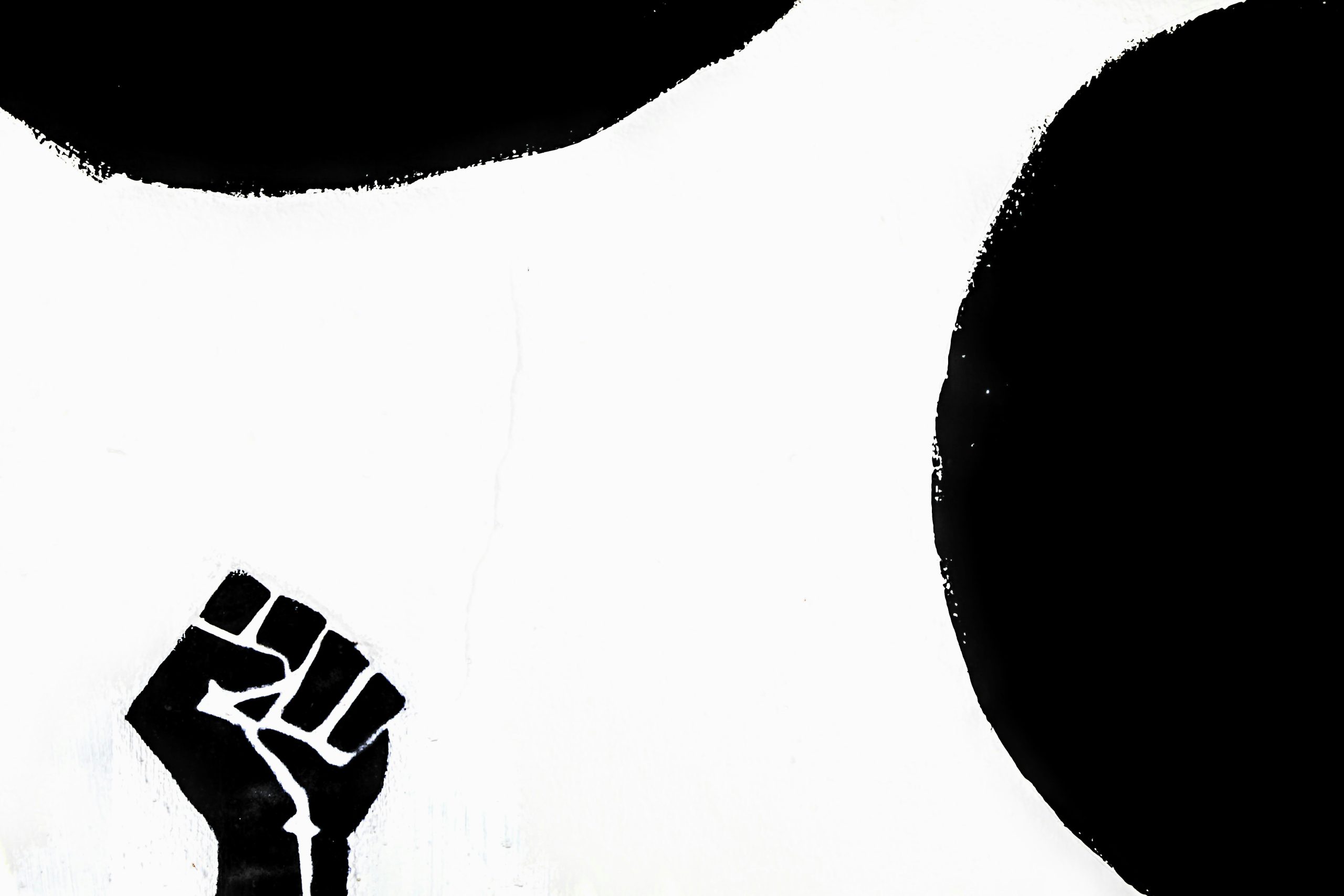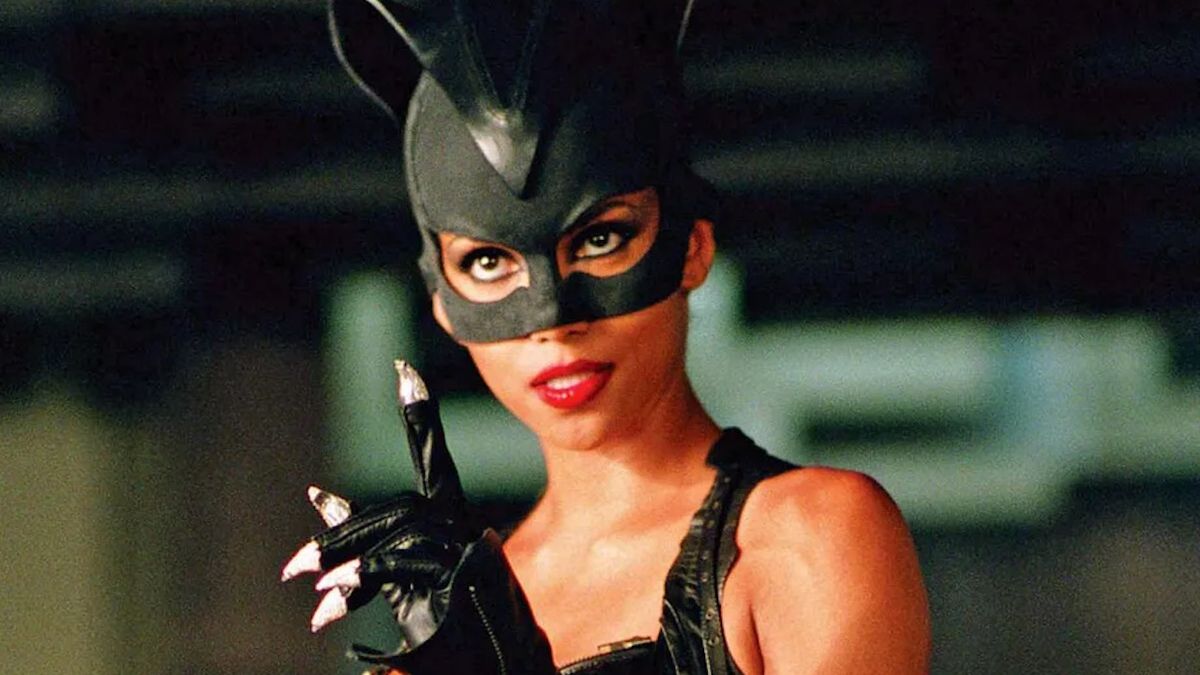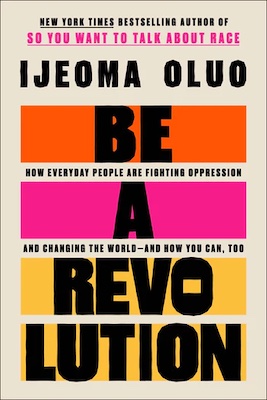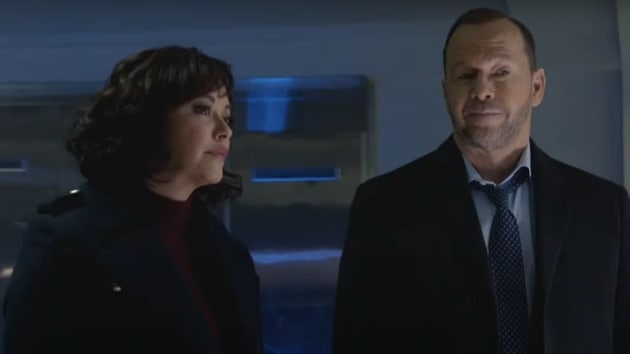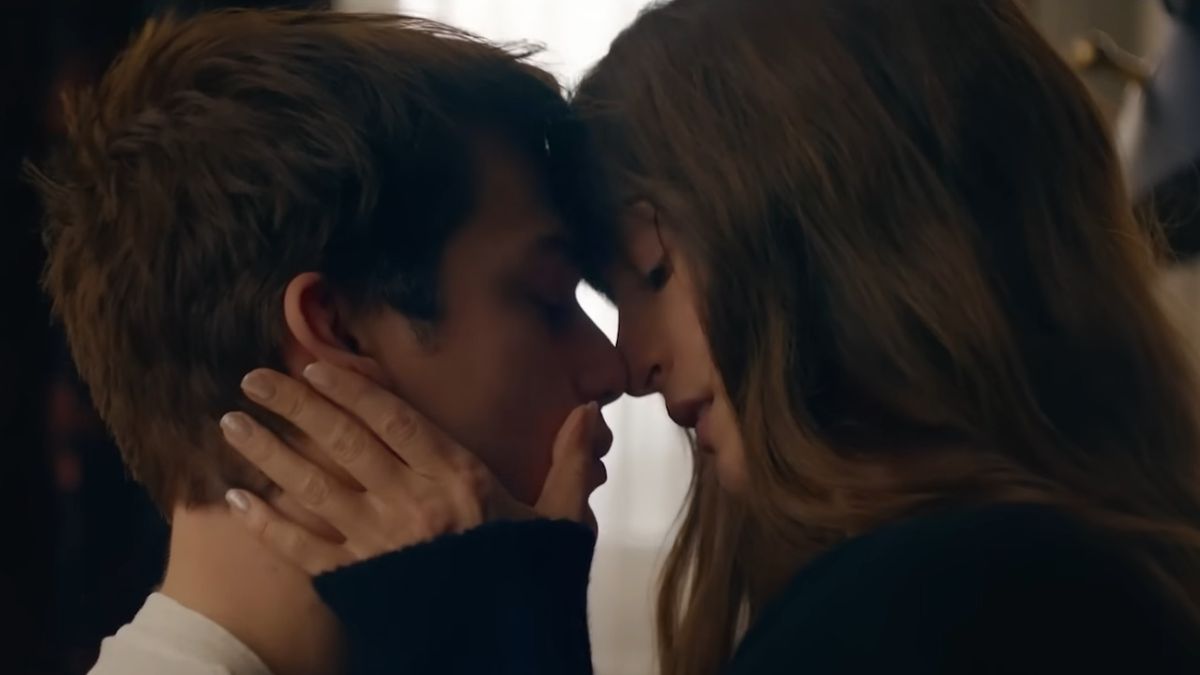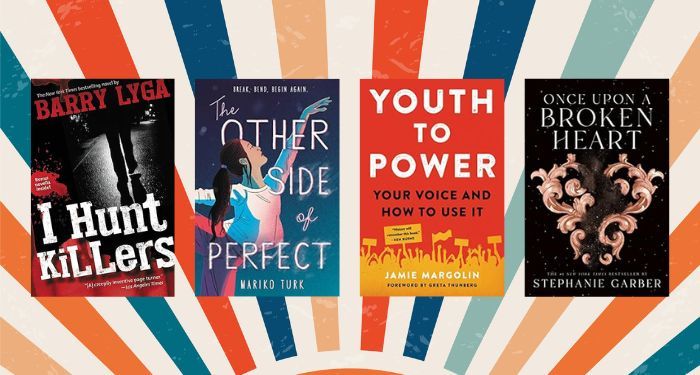When Ijeoma Oluo began writing Be A Revolution: How Everyday People Are Fighting Oppression and Changing the World— and How You Can Too, she was burnt out. Her first book, So You Want To Talk About Race?, delved into her personal encounters with and understanding of racism, while her subsequent work, Mediocre: The Dangerous Legacy of White Male America, explored the history and impact of violent white male supremacy. “If you’re a Black writer, especially a Black woman, writing about race and racism,” Oluo explains, “There’s this idea that you’re not doing real work, that you’re profiting off of harm, while at the same time, the work takes a lot out of you.”
To recover, Oluo began spending time with activists like Tarana Burke, Alice Wong, and Feminista Jones, an experience Oluo found to be “really beautiful. It helped me remember the lineage I’m a part of. We live in a system that really does seek to exterminate us, to take everything it can from us, and then kill us, yet we’re here, which means every day, for generation after generation, we’ve been winning on some level.”
As Oluo navigated her healing journey, she realized that she wanted to share the stories and insights of activists. “It reminded me of how many tools we have at our disposal,” she explains. “How creative we are as people, how loving we are, how fierce we are, and also how much we have to care for each other and ourselves in this work. It really centered me in a way that nothing else I’ve done so far in my writing career has been able to.”
Oluo and I spoke recently by phone. We discussed how racial fears are driving the current wave of book banning, the connections between reproductive justice and racial justice, and why everyone should pay attention to what’s happening with Atlanta’s proposed Cop City.
Deirdre Sugiuchi: You had a conversation with Manny Thomas of Success Stories, a workshop series which aims to help incarcerated men heal from violent patriarchy. Thomas was incarcerated at a young age and discussed how growing up, he didn’t feel he’d live past his teenage years. It’s a sentiment which, unfortunately due to a myriad of reasons, is common to generations of Black children. Can you discuss the implications of generations of Black children believing they will not live past their teenage years?
Ijeoma Oluo: When you’re living under constant threat, there are physical and mental effects to your physical and mental health that are very real. It impacts how you build for a future. How can you build for a future when you’re in survival mode all of the time? What we often have in our community are young people who never get to be young people. You don’t have space for adventure. You don’t have space for learning and growth. You don’t have time to imagine when you’re just trying to survive. What that means then, is we have people who when they are lucky enough to become adults, have never had a childhood, and have never been able to plan and grow through adulthood, and are deeply traumatized. Not only are people robbed of childhood, but they’re not able to fully step into adulthood either. It’s deeply harmful on an individual level, on a community level, and on a worldwide level. Those are years you can’t get back.
DS: Last month marked the anniversary of Roe vs. Wade, the landmark decision that ensured all people had the right to abortion, which was overturned in 2022. Removing access to abortion disproportionately harms people of color. Can you discuss how reproductive justice is also a racial justice issue?
IO: A main tool of oppression that we don’t talk about, of populations of color, in particular, has been the control of reproductive rights and the rights to raise children. Not only looking at times of enslavement, and the rape of Black people, the theft of their children, the forced sterilization of Black, Brown, and especially native peoples and the widespread theft of Native children and of Black children through our child protective services, but also medical racism that prevents, especially Black people seeking reproductive care, from getting the contraception that works for them.
How can you build for a future when you’re in survival mode all of the time?
All of this combined with the fact that even if you do have your child, there’s a good chance that child will be taken from you due to systemic violence and racism, that economic violence and economic racism can stop you from being able to care for your children. There are so many ways with which the rights to have or not have and raise children have been not only stolen from populations of color, but have been a prime tool of our oppression and exploitation. But it’s also important to recognize that this is where these thefts of bodily autonomy are built and protected.
Everything right now that people are up in arms about as far as reproductive choice and freedom has already been done to populations of color and not only has it been tested for effectiveness, it’s been tested for tolerance. They’ve been able to do these things to Black and Brown populations and to trans populations, to directly attack bodily autonomy, especially of those born identified as female at birth or people with uteruses. Once they know the tolerance is there, once they know the groundwork is there, then it’s really easy to expand it across the population.
DS: I’m sure you know this, but 53 percent of the kids in child protective services are Black. Many of those kids are now getting funneled into the troubled teen industry. The way Black and Brown kids are treated in those facilities, due to inherent racist practices, is horrifying.
IO: Right, and it’s a system stealing resources from our communities in order to actively harm our most vulnerable children. Resources that could be going to family reunification, towards support services and treatment programs for parents who are struggling with addiction. Money that could be going to housing for parents struggling with homelessness. Money that could be going to effective contraceptive choices. All of these things that could keep families and communities whole and healthy and keep our children whole and healthy. Instead, those resources are taken and funneled into a white supremacist system that only seeks to harm our kids and destroys our families and multiple generations of our communities.
DS: Can you discuss the different labor movement that emerged in the wake of Covid? What happened to make that change?
IO: With the pandemic, it was very clear whose safety was going to be prioritized and whose wasn’t. It fell upon class and race. Workers were realizing that their lives were on the line and that their employers did not care if they made it through this pandemic, so long as profits continued to be high, and profits were at record highs for a lot of companies. It was really amazing to watch how that mobilized a young labor movement that is more intersectional in nature, that understands race, class, patriarchy, ableism— because that was fundamental to this. It was people fighting disability from and people who were disabled from Covid. It’s a movement that had been long dormant. If anything can save the labor movement that’s been gasping its last breaths in the United States, it will be these young people.
DS: It’s so interesting, seeing the beauty that’s come with the reemergence of the labor movement, but then there’s also the negative, seeing how the pandemic radicalized attacks on public education when teachers were trying to protect themselves.
It’s easier to motivate people with fear than with love.
IO: I would say that even shows in many ways this difference between old labor and new labor, in unions like the teachers’ unions, where leadership is older and predominantly white. They’ve been under severe attack for decades by conservative politicians and pro-business politicians. I have talked with teachers of color who are increasingly telling me that actually their union is one of the biggest barriers they have, to not only their own personal safety at work, but their ability to effectively teach their students, especially their Black and brown students, and fighting off these attacks on education, on what we can and cannot teach our kids, what books are in our libraries. It’s hard to be effective in that battle when you’ve been, as a union, protecting whiteness and patriarchy for a very long time.
DS: Can you discuss how the recent push to ban books and the teaching of history in schools is tied to racism?
IO: Honestly, at its base, it’s more about having a target to rile up fear and outrage amongst the white populace. I would say a lot of these politicians don’t care what’s being taught in their schools, but they do know that this kind of dormant fear, that a lot of white America, across political spectrums, has, that their children will learn something that will expose their part in white supremacy, in patriarchy, in exploitative capitalism, that their children will be turned against them, that fear that they won’t be able to understand their children, is deep and easily activated. It is a way of securing power for a political party that knows it does not represent the best interests of the future generations and is trying to buy time before a rapidly diversifying population understands this.
That fear is really easy to activate. It is a very effective political tool. It’s easier to motivate people with fear than with love. So what we have is a small vocal minority that is able to be activated to end up at our school boards to be making these changes, because even if the vast majority of parents want accurate teaching of history, want children to be able to go to a library and find books that reflect their lived experiences, they’re not as motivated to take it into action because they can’t see the repercussions of how this will impact the children on the other side. When we see these takeovers of school boards, these changes state laws, and county laws, around education, and we don’t see angry parents showing up and saying, “How dare you do this?—it’s because they don’t actually know the real ramifications. The parents who are most impacted, who do know, often have the least amount of disposable time and access to be able to show up at a school board meeting, or at a PTA meeting, or at the capitol.
DS: I live close to Atlanta, where Cop City, the controversial proposed site for a police training center, is located. 70 percent of people in the area are against it. You argue environmental injustice, racism, capitalism, and colonialism all are hand in hand in the development of this project. Can you discuss?
IO: What is happening in Atlanta is very important as its own singular issue, but also as a symbol for patterns we’re seeing across the country. What we have is an area that’s predominantly Black that is trying to invest in business, and is feeding into the idea that local Black populations are a threat to business and profit. The promises made to the future that Atlanta wants to build, which is a white, hyper-capitalist space, is something that even moneyed Black people are buying into. That idea does not have poor Black and Brown people, so it is being sold with the promise that these populations will be controlled, and this massive, heavily militarized training center is that promise. They do not care that 70% of the population does not want this because they don’t see any value in that population. It’s important to recognize this, that the environment will be destroyed, that they don’t care how that impacts the population there, that the people there will be made unsafe on multiple levels, because the idea is to control them or push them out.
These sorts of facilities are being built in multiple places around the country. The way in which they are targeting protesters is a threat to populations everywhere. We have multiple protesters right now facing RICO charges for peacefully trying to stop the building of Cop City, and that is being expanded to all of the other ways in which Black, Brown, Indigenous, and disabled populations mobilize to try to protect ourselves and our communities. This is a threat across the board— the continued cooperation between Israeli military forces and the U. S. police forces that we are also seeing in Cop City, to be able to continue to terrorize and control Black and Brown and Indigenous populations around the world, and then we have the destruction of the environments that would allow our populations to be able to care for ourselves. It matters because Atlanta matters and the people of Atlanta matter, but it also matters because precedents set in Atlanta will be used to further harm communities across the country.
DS: During the pandemic, my husband and I ran a face shield factory in our house, which helped us get through the early stages when people were losing their minds. You and your partner did a similar thing— you created a collective to support Black artists. Can you discuss the empowerment you get by taking direct action in times of overwhelming hopelessness?
IO: What was interesting is I actually did see this as a very racialized phenomenon, because we saw a lot of hoarding of resources by traditional nonprofits and funders of nonprofits during the pandemic, where they were really tight-fisted and said “now’s not the time,” when it absolutely was the time to be giving as much as you could. We saw Black, Brown, Indigenous, disabled, queer and trans populations that always knew that our survival was collectively turning to each other and leaning on each other, when we knew that the systems would choose to not support us in these times. As hard as it was, and frustrating as it is to be a taxpayer and know that that money did not go back into supporting our communities, it was beautiful to remember what is honestly in our blood, which is our collective natures. The way in which people instinctively turned towards the thing that we know gets us through, while so many other communities and entities shaped by white supremacist capitalism were doing the opposite, it was a really illuminating contrast to me.
It was so empowering and connecting. We came out of that feeling personally, much more a part of this beautiful community. No one was turned away. If you filled out your application properly, you were sent funds. Then for us personally after our house fire (Oluo’s house burned down before the pandemic), to see many of the same people that we knew we had sent checks out to rally around us with so much love, was a reminder of how full circle this comes, of how there’s no way you could give to community and not get ten times as much in return if you know how to measure it. That was a beautiful experience in the face of a lot of hardship and trauma.

